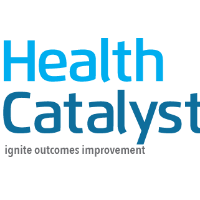
Health Catalyst
After determining that the predominant approaches to data modeling weren’t effective for healthcare data, they discovered the solution, which is now known as the Adaptive Data Architecture. Using a late-binding bus architecture, Catalyst’s adaptive data model is agile, flexible, and can be implemented in a matter of weeks compared to the months or years traditional approaches require.